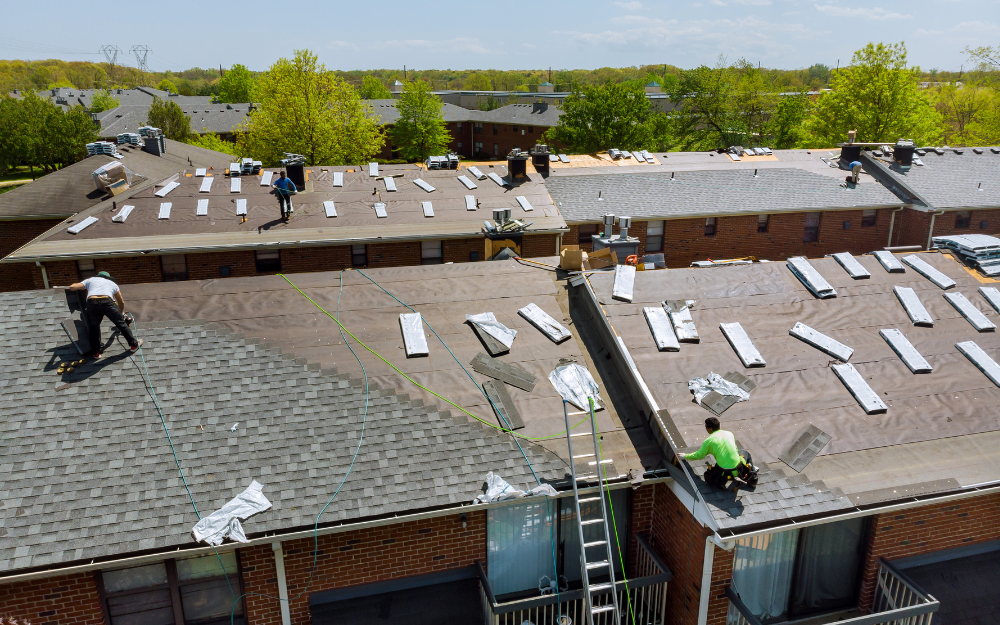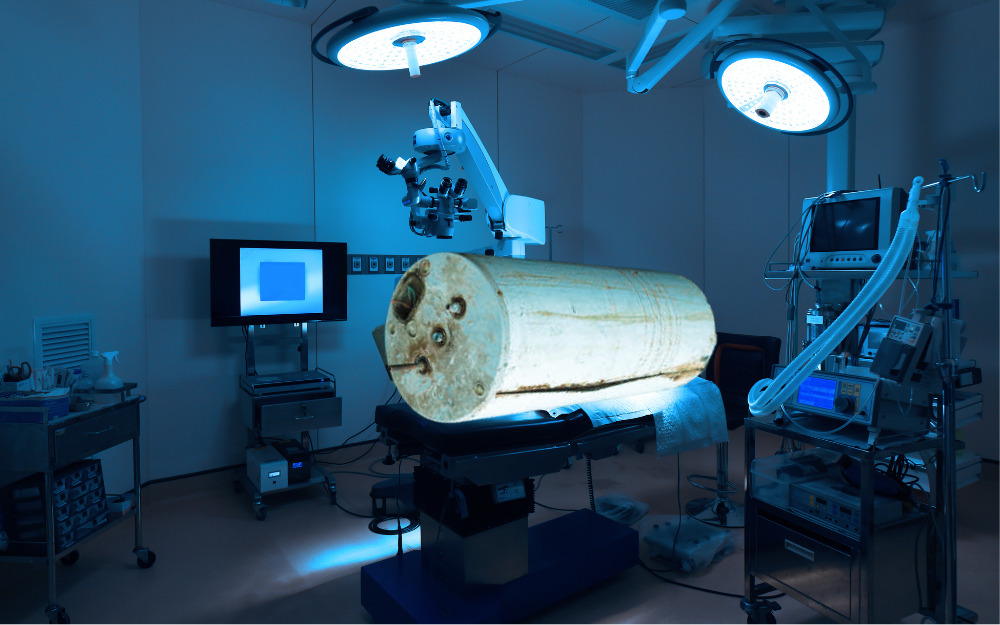Maintenance schedule, asset management plan, contingency fund, maintenance booklet: it is certainly difficult to find…

Your house is airtight? Choose the best adapted ventilation
Winter is definitely here and the frequent presence of frost at the bottom of your windows suggests that you are experiencing a moisture problem in your home. You look on the web to find possible solutions, but this only brings you more questions… Incorrectly connected dryer, inadequate exhaust fan, poor air circulation, lack of air change: how can one make sense of all of this? Read our article and see how the addition of mechanical ventilation can solve many problems related to a very airtight house.
Questions about your building?
Get advice from our experts over the phone
for a fraction of the cost of a visit.
In a previous article, we discussed the phenomenon of so-called “too isolated” houses. We explained that a house can never be too isolated, but can be very airtight and poorly ventilated, like a plastic bag. These airtight homes often end up with various problems such as fog or frost in the windows or poor indoor air quality. Adequate ventilation then becomes a necessity. But what is adequate ventilation?
First of all, let’s point out that no house is never completely airtight. There are always, somewhere in the building’s envelope, small holes and unsealed joints that allow a certain amount of air to enter from the outside. Depending on the type of construction, these small openings all put together may represent an overall hole of 8 inches (200mm) up to more than 50 inches (1.3 meters) in diameter. Due to the wind, temperature, environment and building characteristics, all these small openings will allow outside air to enter the house and the indoor air to come out. We call this phenomenon the natural air renewal.
How do I know if my house is airtight and if so, how can I ensure proper renewal of air at the best cost? Studies and research have led to the development of standards for air change in a building. These standards require, among other things, that 35% of all the air in a home be changed every hour. Since each home already has its own natural air change rate which can be measured using a blower door test, it’s important to establish the missing percentage in order to determine the need for additional mechanical ventilation of a house.
Let’s take an example. By performing a blower door test in a house, let’s say that only 20% of all the air in the house changes every hour. According to the standards, at least 35% of this volume should be renewed. To ensure acceptable air renewal, we will have to force the additional 15% change of all air every hour. How? Simply by adding a mechanical ventilation.
Mechanical ventilation consists of one or more fans that will force the air from the inside out and then force the outside air to come in. Several types of ventilation units are available on the market: from a simple bathroom exhaust fan to a heat recovery ventilator. The necessary ventilation device is established based on the airthightness level measured previously.
Let’s go back to our example. We now know that we must force the renewal of 15% of all the air in the house. Depending on the characteristics of the house, installing an efficient fan in the main bathroom might create the required air exchange. This fan, very quiet, will evacuate the air directly outside and will be controlled with a hygrostat (wall switch sensitive to moisture). The fan will renew the air of the entire dwelling only when the relative humidity is too high or when the occupants will feel the need.
Of course, do the same exercise in a much more airtight house and the requirements might change. Maybe this one will need the installation of another ventilation system such as a Heat Recovery Ventilator (HRV). An HRV is a device that brings fresh air from the outside, through a network of ducts, into the rooms of the house. On the other hand, it evacuates stale air directly to the outside. This exchange of air is done through a heat recovery unit that preheats the air coming from outside, using the heat contained in the evacuated air.
Finally, be aware that most homes have real ventilation needs and that this is an important factor that can increase respiratory problems with children. An adequate ventilation system, the use of the kitchen fan when preparing meals and the bathroom fan during showers promote the renewal and improvement of the indoor air quality and the general condition of the house.


